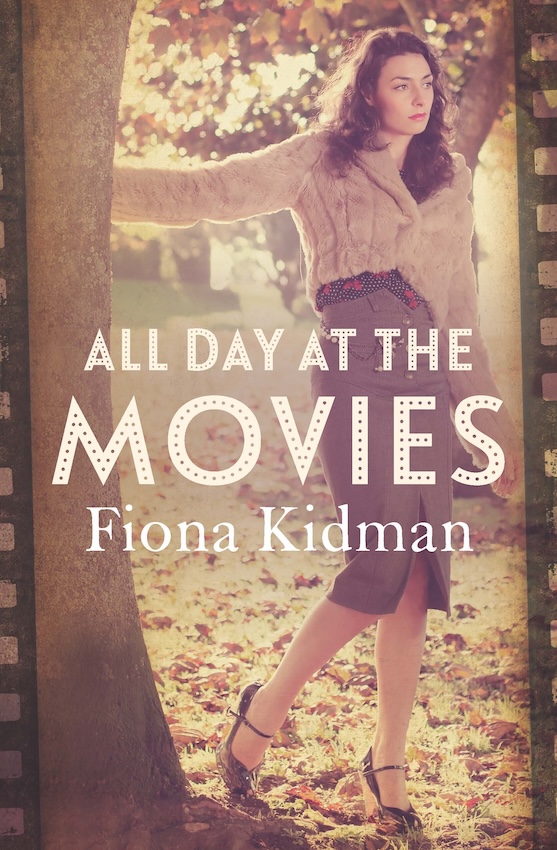
In All Day at the Movies, Fiona Kidman has devised the perfect protagonist to chronicle the story of a family amid the wider social changes of her time. Belinda is a film-maker, known for her sharp eye for detail. Her story is a struggle for survival, for love and for a career, but it’s also one of those sins of the father’s stories too. The events around her arrival in the world are horrific and tragic.
Kidman takes us back to the post-war years, with war-widow Irene, striking out for a new beginning in an attempt to provide a better life for her young daughter, Jessie. Leaving Wellington and the industrial dispute that has put her father off work and caused unbearable tension at home, the two have settled on the tobacco-growing town of Motueka. They have basic housing, a kind of worker’s shack, while Irene does hard physical toil in the fields. Kidman highlights the lack of choices open to Irene, a former librarian, who settles for marriage to the creepy foreman, Jock Pawson.
“There was that girl Iris who wrote books and had babies when she wasn’t married and her life was just all sorrow, mental hospitals and … but her mother couldn’t bring herself to say the word suicide. In the end, dead, anyway. Irene’s mother had known Mrs Wilkinson, the mother of Iris, although she called herself something else, and it had been a terrible thing for her to have to lose a daughter to books. And, Irene’s mother had said, she hoped that Irene wasn’t thinking of writing books. It brought disgrace on a family.”
The story flips forward through the decades, each chapter like a short story in the chronicles of the Pawsons. We’re with young Belinda after her mother’s death and her banishment to live with a grim, sanctimonious aunt, her younger siblings, Grant and Janice left to the mercies of an unloving stepmother and a predatory father. The three siblings each take a turn with the narrative, as they try to make their way in life.
And in spite of an unplanned pregnancy, Belinda finds both love and a career, although there is still much that troubles her. We are in the midst of social change in New Zealand, with events around social justice and women’s rights a part of the wider story. As Belinda attempts to be a good wife and mother to her children, while building a career – thank God for dependable Seth at home – what has become of Janice and Grant?
They’re all walking some dark path, Belinda thinks. The marches have brought out the best and the worst in them all. ‘Are we really marching because black people in South Africa are oppressed by white people?’ she asks Nick. ‘Or are we doing it for ourselves because we have stuff and things and good lives and we feel bad about it?’
Belinda is an interesting character – one of the era when women were encouraged to ‘have it all’, but this also means being pulled in so many directions at once. Grant also seems set on a path that will see him succeed in life, if he can get past the terrible events of his upbringing. He has ambitions of becoming a pilot, and there’s a brilliant scene with four fairly refined elderly women having lunch, and the dramatic effects their actions that day have on Grant’s life to come. Meanwhile Janice seems to have one struggle after another. All three seem to belong to such different worlds – can they ever reconnect?
Fiona Kidman writes with such honesty and naturalness, you are brought into the lives of these characters in a way that seems very real, and so the tragic events that happen hit hard. But there is a wry humour too as she shows the foibles of people, their awkward interactions, their obsessions.
All Day at the Movies is just one novel among a long list of novels that have made Fiona Kidman a household name in New Zealand. As well as a winner of many literary prizes, she’s now Dame Fiona Kidman, and even the recipient of the French Legion of Honour. This book may seem just the story of a family, but probably only Fiona Kidman could write a book like this. Like Belinda she has that telling eye for the detail that captures so much more. It’s a five-star read from me.

